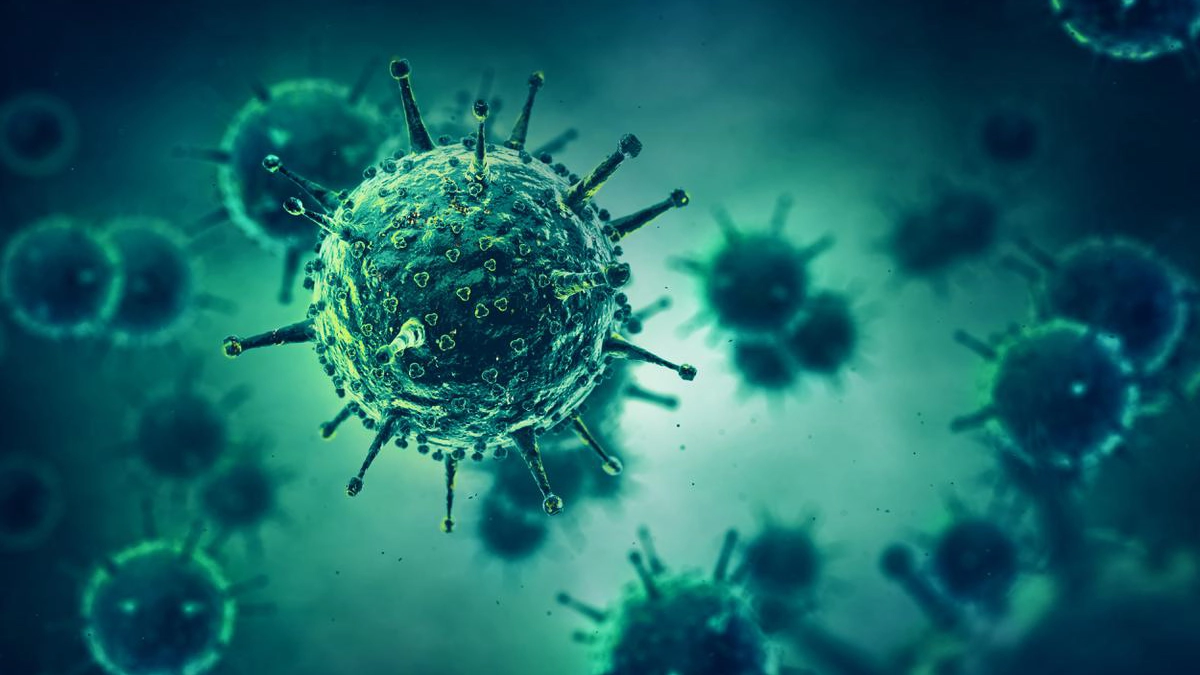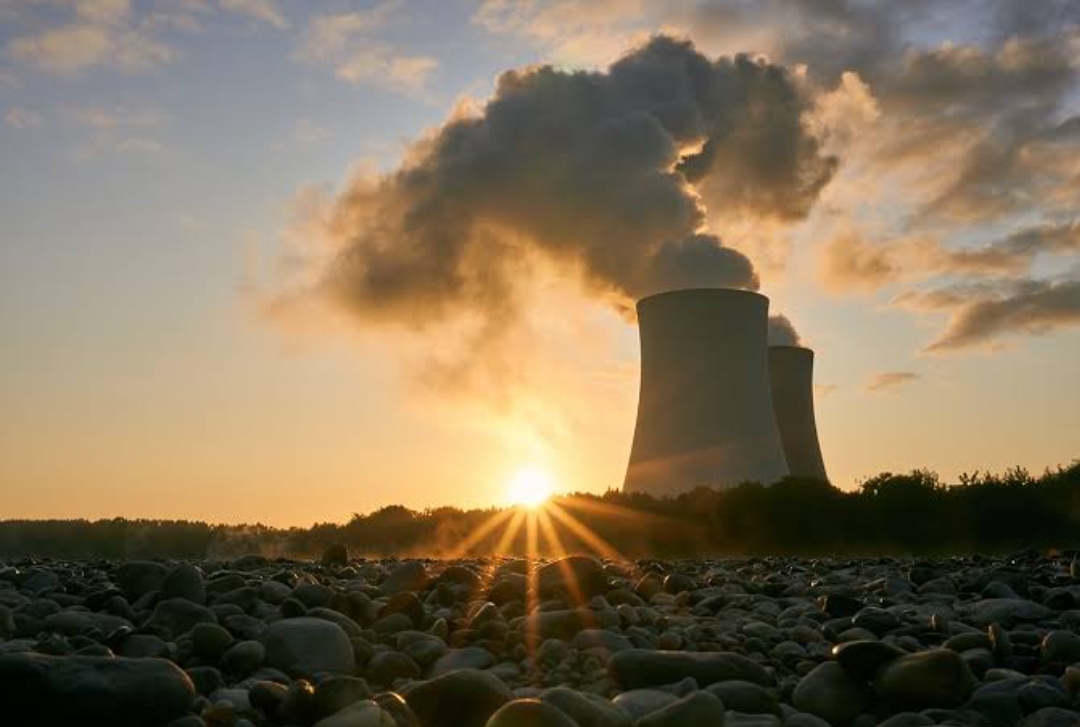
Mosquito-borne diseases become climate reality in warming Pacific
Climate change is rapidly affecting the planet and one of its most noticeable consequences is the emergence and re-emergence of infectious diseases. Mosquito-borne diseases, such as dengue fever, chikungunya, and Zika virus, have become more prevalent in the Pacific, causing significant public health problems. The Pacific Islands region is particularly vulnerable to the impacts of climate change, including the spread of mosquito-borne diseases. In this article, we will explore how mosquito-borne diseases are becoming a climate reality in the warming Pacific.
Climate Change and Mosquito-Borne Diseases
Climate change is a significant driver of the emergence and re-emergence of infectious diseases, especially mosquito-borne diseases. Mosquitoes are highly sensitive to temperature and humidity changes, which influence their breeding cycles, feeding habits, and survival rates. As temperatures rise, mosquitoes have a longer breeding season, which increases their population and the number of bites on humans, and their survival rates are improved in warm and humid conditions. Additionally, changes in precipitation patterns can lead to an increase in standing water, which serves as a breeding ground for mosquitoes.
The Pacific Islands region is experiencing higher temperatures, more frequent and intense cyclones, and rising sea levels, which increase the risk of mosquito-borne diseases. Dengue fever, chikungunya, and Zika virus are among the most prevalent mosquito-borne diseases in the Pacific. Dengue fever, in particular, has been a public health concern in the region for many years. In 2019, Fiji, Samoa, and American Samoa experienced large outbreaks of dengue fever, with more than 10,000 cases reported in Fiji alone.
Dengue Fever in the Pacific
Dengue fever is a mosquito-borne disease caused by the dengue virus. The virus is transmitted to humans through the bites of infected Aedes mosquitoes, which are prevalent in the Pacific region. Dengue fever symptoms include high fever, severe headache, joint and muscle pain, and rash. In severe cases, it can lead to dengue hemorrhagic fever or dengue shock syndrome, which can be fatal.
In the Pacific, dengue fever is endemic, and outbreaks occur regularly. In 2019, Fiji, Samoa, and American Samoa experienced large outbreaks of dengue fever. The outbreak in Fiji was the largest in the country's history, with more than 10,000 cases reported. The outbreak in Samoa was also significant, with more than 5,000 cases reported. The outbreaks were linked to climate change, with higher temperatures and changing precipitation patterns providing ideal breeding conditions for mosquitoes.
Chikungunya in the Pacific
Chikungunya is another mosquito-borne disease that is prevalent in the Pacific. It is caused by the chikungunya virus and is transmitted to humans by infected Aedes mosquitoes. Chikungunya fever symptoms include fever, joint pain, headache, muscle pain, and rash. Although it is rarely fatal, it can cause chronic joint pain and disability in some patients.
Chikungunya outbreaks have occurred in the Pacific region in recent years. In 2014, a large outbreak occurred in French Polynesia, with more than 30,000 cases reported. The outbreak was linked to climate change, with warmer temperatures and increased rainfall providing ideal breeding conditions for mosquitoes. In 2015, an outbreak occurred in Samoa, with more than 4,000 cases reported.
Zika Virus in the Pacific
Zika virus is a mosquito-borne disease that is transmitted to humans by infected Aedes mosquitoes. The virus can cause fever, rash, joint pain, and conjunctivitis. In pregnant women, Zika virus infection can lead to microcephaly in infants, a condition where the baby's head is smaller than expected, and other neurological complications.
The Zika virus outbreak in the Pacific region occurred in 2013-2014 in French Polynesia. It was the first time Zika virus was identified in the Pacific, and more than 30,000 cases were reported. The outbreak was linked to climate change, with higher temperatures and increased rainfall providing ideal breeding conditions for mosquitoes.
Impact on Public Health and the Economy
The impact of mosquito-borne diseases on public health and the economy in the Pacific is significant. These diseases can cause severe illness, disability, and death, leading to a strain on the healthcare system and economic losses due to decreased productivity and increased healthcare costs.
In 2019, Fiji experienced the largest outbreak of dengue fever in the country's history. The outbreak caused significant morbidity and mortality, with more than 10,000 cases reported. The government responded with a public health emergency, and a massive public health campaign was launched to control the outbreak. The economic impact of the outbreak was also significant, with decreased tourism and productivity, and increased healthcare costs.
Similarly, the chikungunya outbreak in French Polynesia in 2014 caused significant morbidity and mortality, with more than 30,000 cases reported. The outbreak led to a strain on the healthcare system, decreased productivity, and economic losses due to decreased tourism and increased healthcare costs.
Prevention and Control
Preventing and controlling mosquito-borne diseases in the Pacific requires a multi-sectoral approach, including effective mosquito control measures, public health education, and community engagement. Mosquito control measures include source reduction, such as removing standing water and improving sanitation, and the use of insecticides and larvicides.
Public health education is also essential in preventing mosquito-borne diseases. Communities must be aware of the risks of mosquito-borne diseases and how to protect themselves from mosquito bites. This includes using mosquito repellents, wearing protective clothing, and using mosquito nets.
Community engagement is also crucial in preventing mosquito-borne diseases. Communities must be involved in the planning and implementation of mosquito control measures and public health campaigns. This includes community-based approaches, such as community-led clean-up campaigns and the establishment of community-based vector control programs.
Conclusion
Mosquito-borne diseases have become a climate reality in the warming Pacific, and their impact on public health and the economy is significant. Climate change is increasing the risk of these diseases by creating ideal breeding conditions for mosquitoes. Preventing and controlling mosquito-borne diseases requires a multi-sectoral approach, including effective mosquito control measures, public health education, and community engagement. The Pacific region must take urgent action to address the threat of mosquito-borne diseases and mitigate the impact of climate change on public health.
Visit DocMode for Courses and lectures










